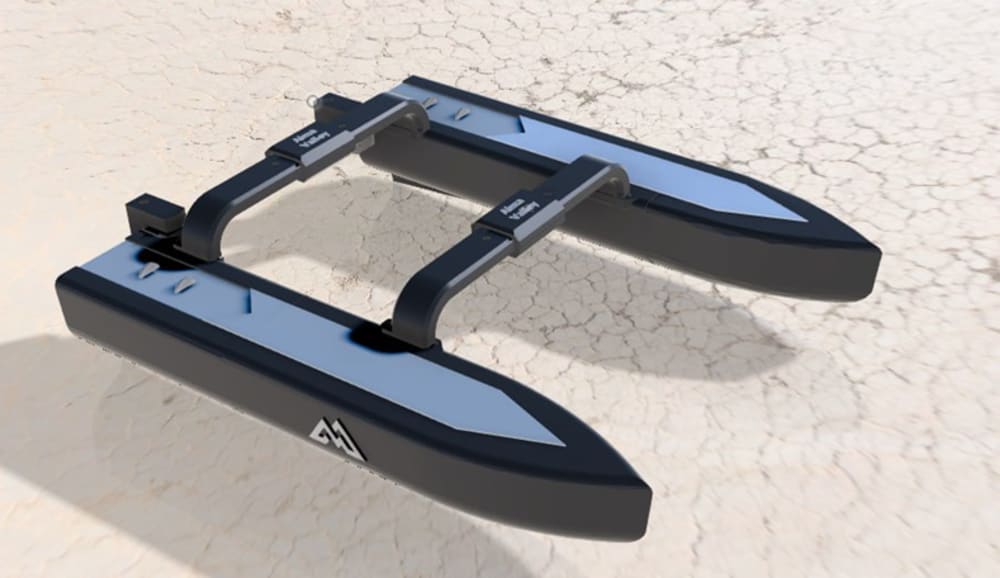AQUASAVE is an innovative, multi-functional autonomous floating drone system developed to address two pressing challenges in Kazakhstan and globally: environmental pollution of water bodies and safety risks for swimmers. As water safety and ecological deterioration become critical issues, AQUASAVE offers a dual-purpose solution that integrates real-time garbage collection and emergency response capabilities into a single, AI-powered floating platform.
Every year, Kazakhstan experiences dozens of drowning incidents, many of them involving minors, particularly in unregulated or hazardous swimming areas. Simultaneously, pollution of lakes, rivers, and reservoirs from plastic waste, chemical spills, and household runoff has led to a severe decline in water quality, ecological balance, and biodiversity. AQUASAVE responds to these challenges through a drone that can autonomously patrol water bodies, collect debris, detect drowning individuals, and transmit alerts to emergency services.
The drone features a lightweight yet durable frame, 3D-printed from a combination of ABC and PETG plastics. It is equipped with a 3D vision system, AI-based object recognition using a custom-trained neural network, and a modular collection net capable of towing up to 15 kg of waste. The drone can operate for up to five hours autonomously, navigating using onboard cameras and sensors, identifying floating garbage or endangered individuals, and taking appropriate actions in real time.
The core technology behind AQUASAVE includes a neural network trained to distinguish between trash, natural obstacles, and human shapes, particularly drowning postures. When a human is detected in distress, the drone sends an immediate alert via mobile or cloud-based communication systems to emergency responders, buying crucial minutes that could save lives. For waste collection, it autonomously gathers debris into the mounted net and delivers it to a designated shore zone or docking station.
The development roadmap consists of three phases: research and design (1–3 months), prototyping and initial testing (4–6 months), and optimization, AI refinement, and large-scale field testing (up to 6 additional months). The project has already produced a working prototype that has successfully been tested on water, confirming both navigational stability and effective collection mechanisms.
Economically, the project presents strong viability. With initial costs estimated at $10,000 and annual operating expenses of $12,000, AQUASAVE is projected to generate over $450,000 in annual societal benefits. These include savings from reduced water treatment costs, lower health care expenditures due to cleaner water, decreased demand for manual cleanup crews, and increased income from ecotourism and agriculture. The projected ROI is 3,775% with a payback period of only ten days.
In terms of scalability and commercialization, AQUASAVE is targeted at municipalities, environmental agencies, tourism companies, and NGOs. It aligns with global sustainability goals and can be integrated into urban infrastructure, smart city initiatives, or emergency response networks. The system also supports cloud-based data collection, enabling authorities to track pollution levels and plan remediation strategies using drone-collected analytics.
In conclusion, AQUASAVE represents a forward-thinking convergence of robotics, environmental engineering, and public safety. Its autonomous, dual-function design makes it a powerful tool for water preservation and human life protection.
Video
Like this entry?
-
About the Entrant
- Name:Kristina Mlikova
- Type of entry:teamTeam members:
- Kristina Mlikova
- Rassul Tolengutov
- Alibek Nakhimov
- Diana Butakova
- Gholibjon Qasobov
- Yefim Mlikov
- Software used for this entry:Autodesk Fusion 360, Bambu Studio, MATLAB, Visual Studio Code (Python)
- Patent status:none









